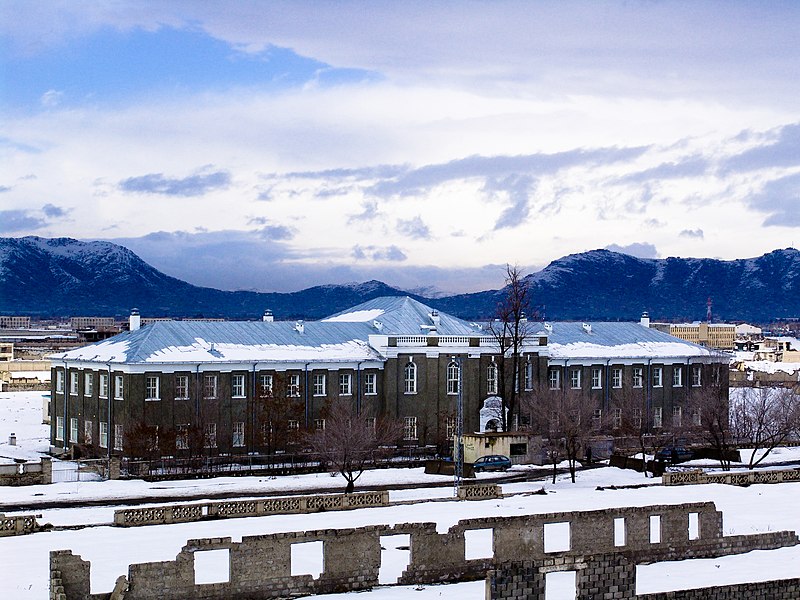National Museum of Afghanistan, Kabul

Facts and practical information
The National Museum of Afghanistan, nestled in the heart of Kabul, is a treasure trove of the country's rich and diverse history. Founded in 1919, the museum has stood as a testament to Afghanistan's complex past, housing artifacts that span over several millennia. From prehistoric tools to Islamic art, the museum's collection offers an unparalleled glimpse into the cultural heritage of this storied region.
Despite the turmoil that has engulfed Afghanistan in recent decades, the National Museum has persevered as a beacon of cultural resilience. It has faced numerous challenges, including looting and destruction, especially during periods of conflict. However, through the dedication of its staff and international support, many of its artifacts have been recovered and restored, allowing the museum to continue its mission of preservation and education.
The museum's exhibits are meticulously curated, providing visitors with a chronological journey through Afghanistan's history. Among its most notable holdings are exquisite pieces of Greco-Bactrian art, reflecting the Hellenistic influence on the region, and the breathtaking Bagram Ivories, which illustrate the intricate craftsmanship of ancient Afghan artisans. The Islamic art section showcases stunning calligraphy, ceramics, and woodwork that highlight the region's contributions to Islamic culture.
Visitors to the National Museum of Afghanistan will find a solemn yet hopeful atmosphere as they walk through halls that narrate a story of cultural endurance. The museum stands not only as a repository of the past but also as a symbol of the Afghan people's determination to protect and celebrate their heritage, even in the face of adversity.
National Museum of Afghanistan – popular in the area (distance from the attraction)
Nearby attractions include: Darul Aman Palace, Tajbeg Palace, Kabul Library, Darulaman.











